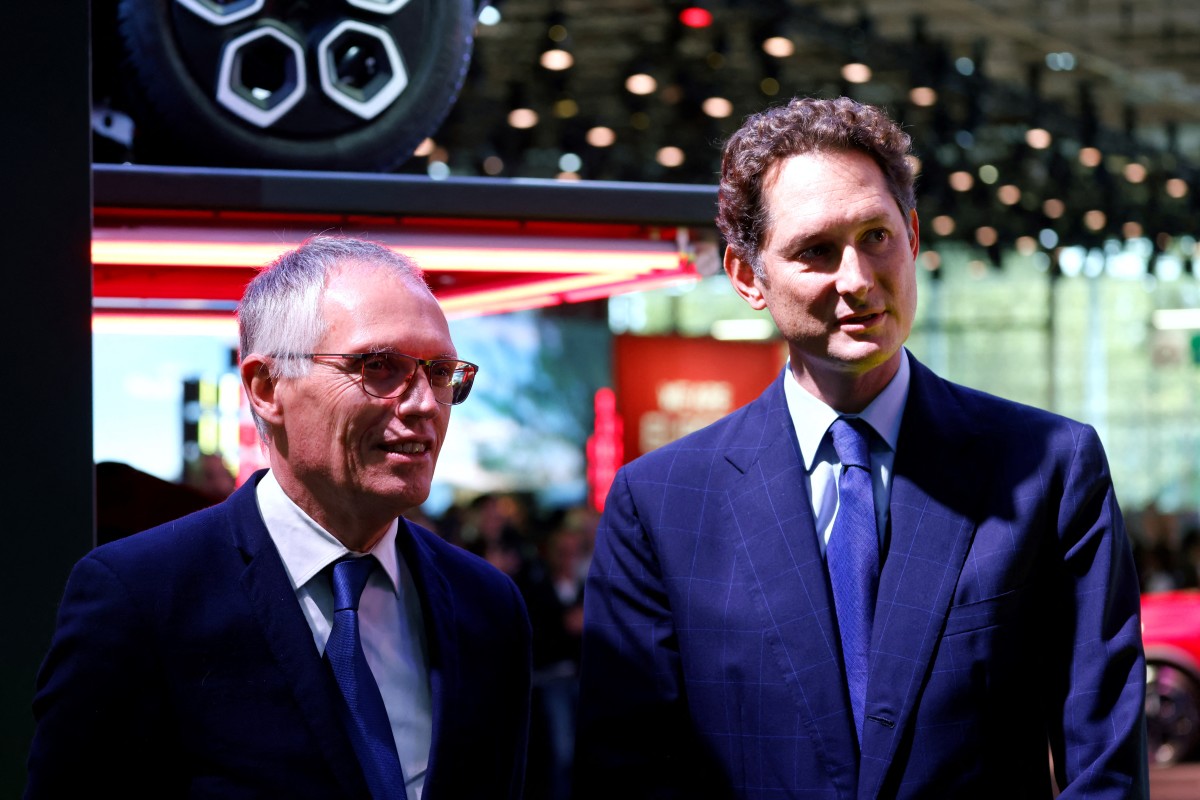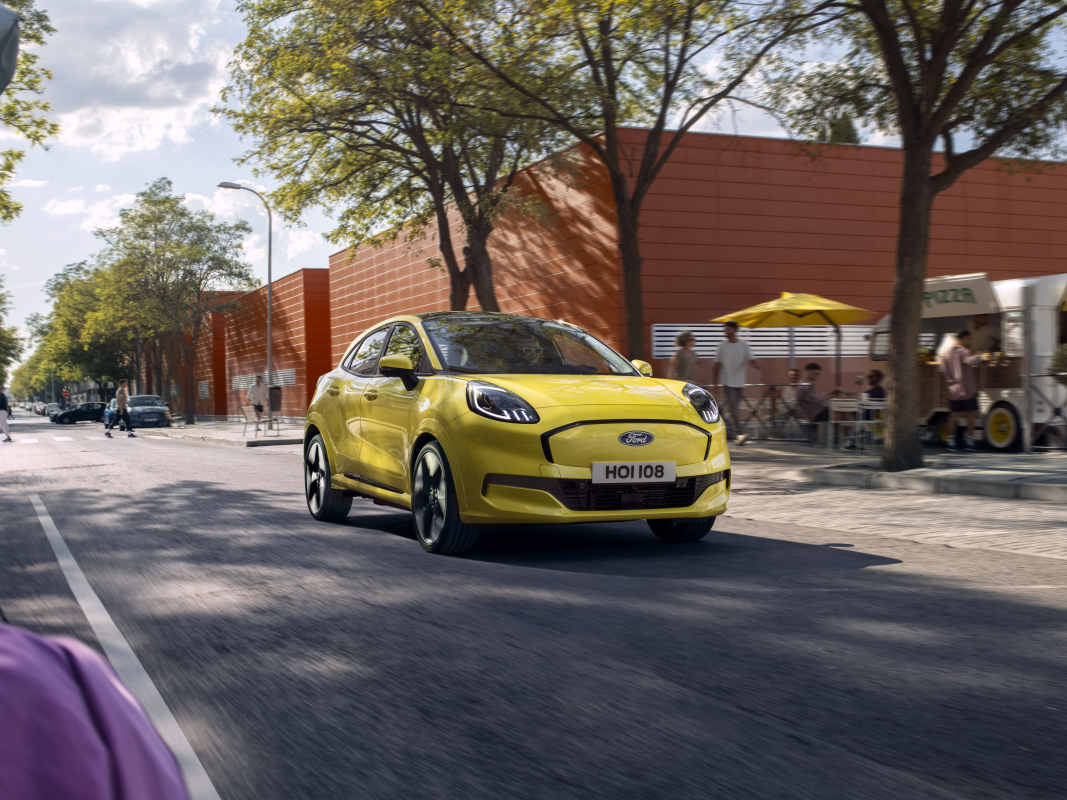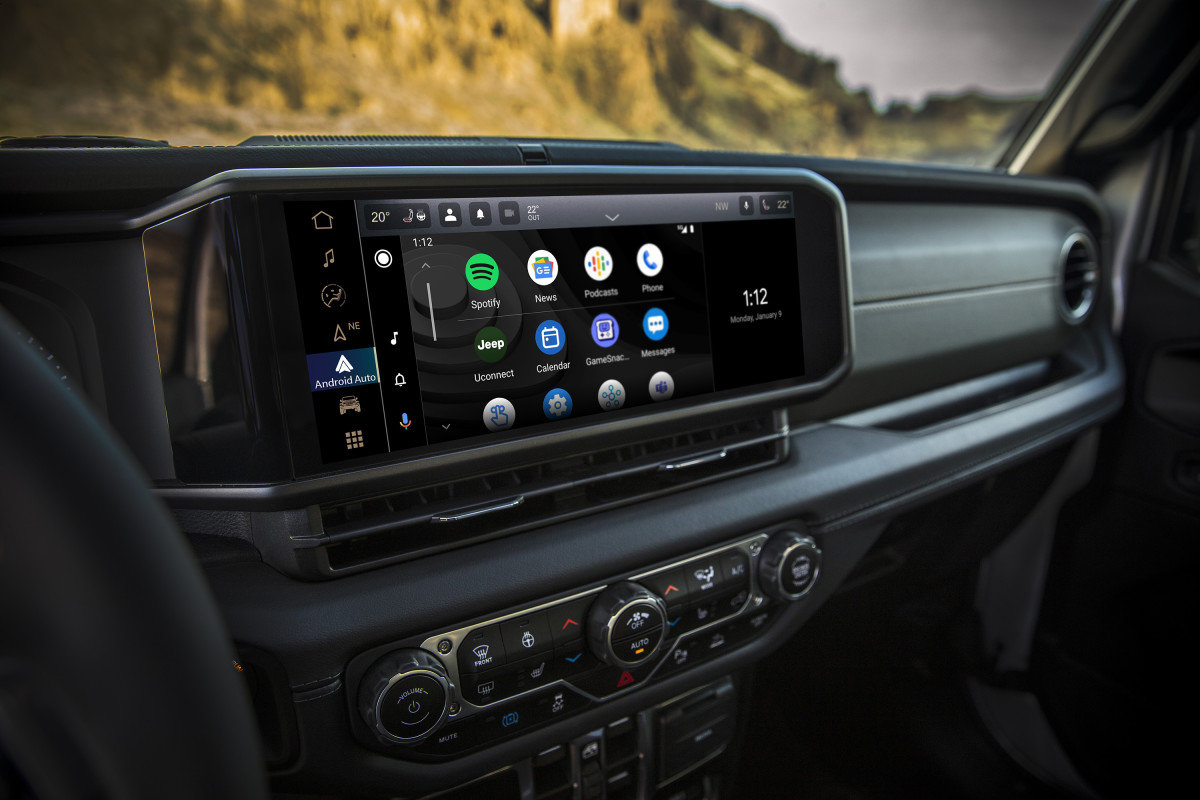Mazda isn’t giving up on gas-powered engines
Mazda’s SKYACTIV-Z project has highlighted the automaker’s desire to continue innovating gas-powered engines while other legacy manufacturers accelerate investments into electric powertrain development. As a result, Mazda is establishing a portfolio balancing internal combustion engine (ICE), hybrid, and all-electric models, adapting to market demand. Mazda’s current SKYACTIV-Z initiative aims to create a gas-powered engine that can combust with leaner fuel mixtures, resulting in better fuel economy, lower emissions, heightened performance, greater reliability, and simplified maintenance. SKYACTIV-Z tech also converts heat normally escaping from an engine into power for improved thermal (engine) efficiency.
Expert engineer Masahisa Yamakawa at Mazda said that heat insulation was the only unexplored area among the seven controlled factors that improve thermal efficiency. SKYACTIV-Z strives to offer high thermal efficiency at any RPM or speed range, achieving better fuel efficiency when an engine is running on its own while supplying greater synergistic benefits when combined with electric motors. These synergistic effects include even higher fuel economy, lower emissions, and enhanced driving performance.
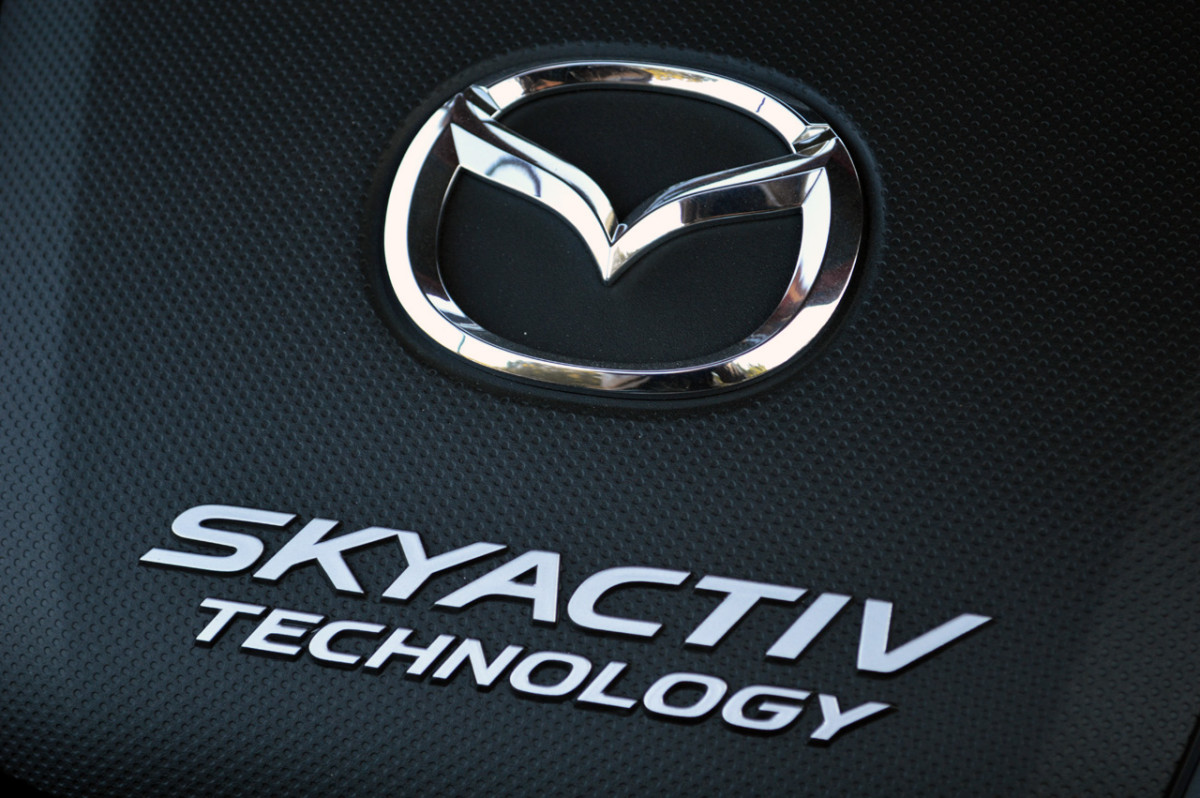
Mazda
Carbon neutrality in an ICE vehicle?
While carbon negativity is often linked with all-electric vehicles, Mazda is working toward carbon negativity with gas-powered engines. More specifically, the automaker is exploring SKYACTIV-Z’s potential to be used with carbon-neutral fuels and testing carbon capture tech using a substance called zeolite in the exhaust pipe to absorb CO2. Combined, these two strategies could facilitate carbon neutrality in an ICE vehicle. Mazda is also working toward fulfilling the potential of internal combustion engines to release air with less CO2 than they take in, thus cleaning the environment.
Michiharu Kawano, another leading ICE developer at Mazda, said: “As things stand, it’s unlikely that all cars will be replaced by battery EVs. Which is why I believe we were right to persevere with the internal combustion engine. Whether generating electricity with an engine to turn the wheels or using a motor to complement the engine’s power, hybrid systems require an internal combustion engine. Even with electrification, with the exception of battery EVs, we’ll still be considering solutions based on internal combustion engines. With highly efficient internal combustion engines, we can make motors smaller, which should also help control electrification costs.”
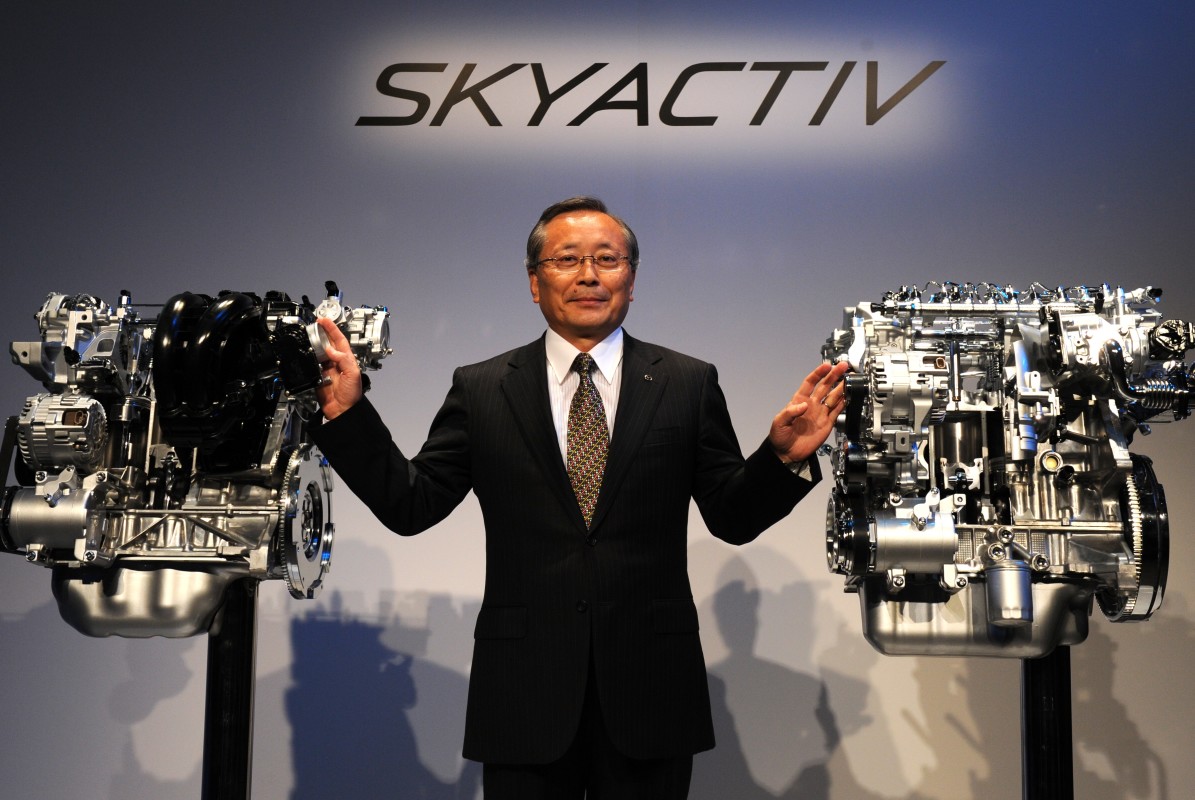
If SKYACTIV-Z comes to fruition, it won’t be the first time the public has experienced benefits from SKYACTIV tech. In 2010, the SKYACTIV-G debuted in the Mazda 2 and achieved a hybrid-level fuel efficiency of about 70 mpg based on the Japanese 10-15 test cycle using only internal combustion, without relying on motor assistance. Research efforts for the SKYACTIV-G began in 2005, and the tech’s breakthrough followed Mazda’s confirmation that compression ratio significantly impacts thermal efficiency. The seven control factors related to ideal combustion were thus identified as compression ratio, air-fuel ratio, combustion period, combustion timing, wall surface heat transfer, pumping loss, and mechanical loss.
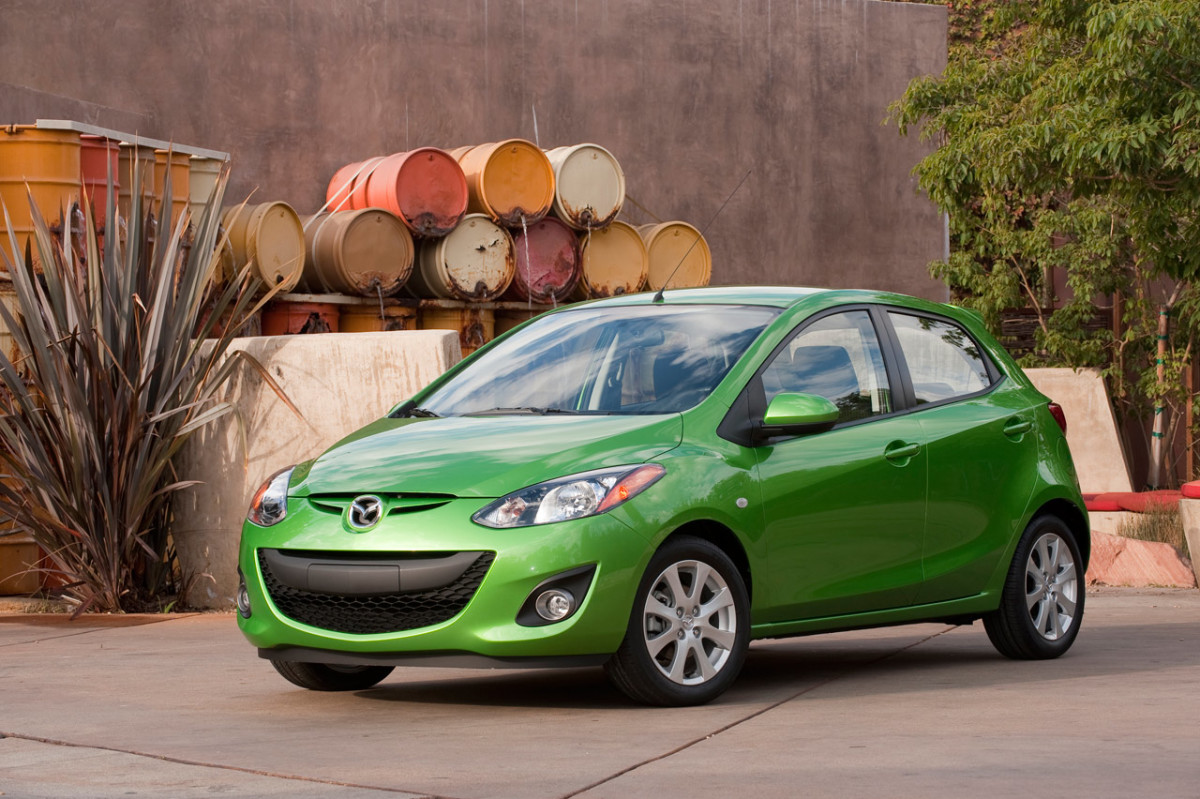
Mazda
Final thoughts
Mazda’s SKYACTIV-Z is a 2.5L inline 4-cylinder engine that is currently being tested and meets stringent European and North American emissions standards, while boasting strong performance. If actualized in production, SKYACTIV-Z will simultaneously elevate fuel efficiency and performance while keeping costs affordable. SKYACTIV-Z is scheduled to debut in the Mazda CX-5’s next generation in 2027.

